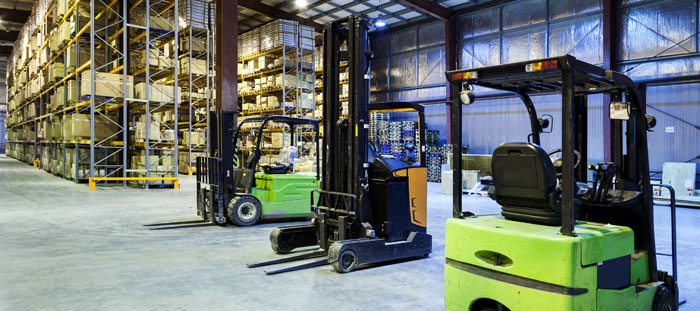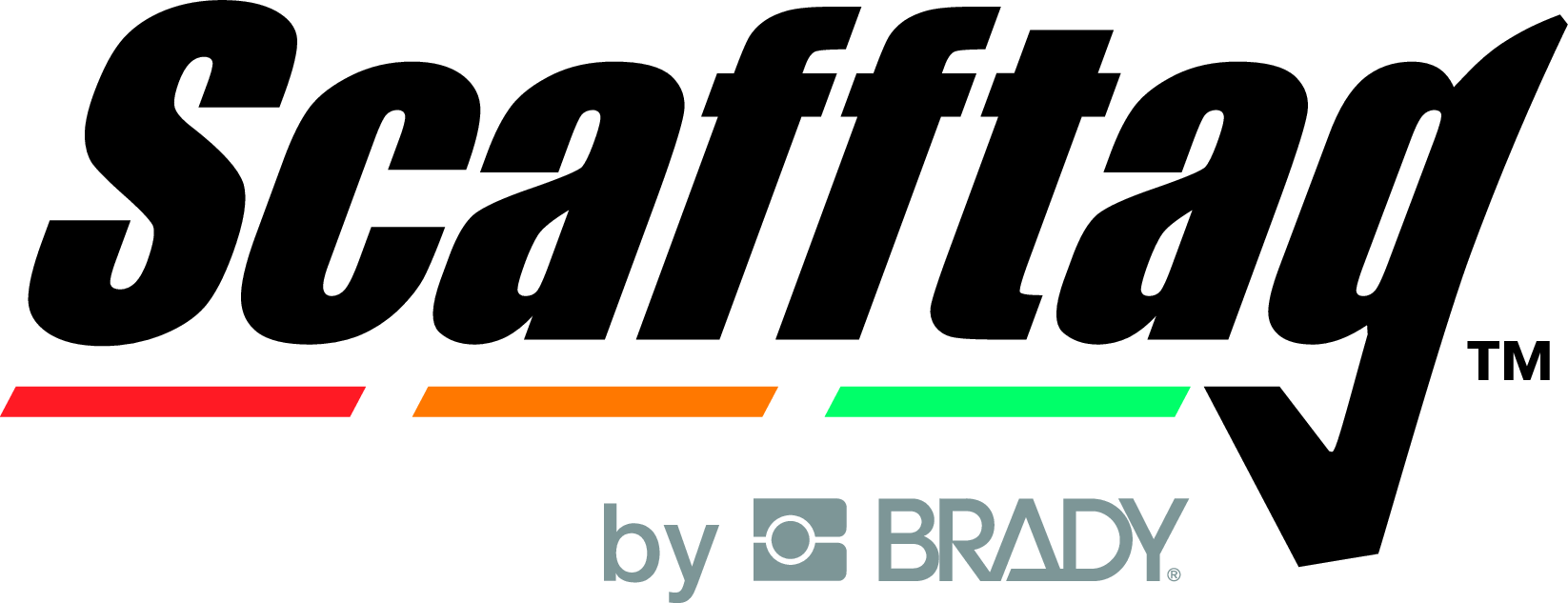How To Increase Forklift Safety

Many forklift accidents are lethal or cause serious injuries. Scafftag offers Forkliftag, a safety product developed to eliminate forklift accidents caused by worn or faulty equipment.
Accidents with forklifts amount to roughly 25% of workplace transport related accidents. Although workplace transport causes only 4% of workplace accidents in general, it is responsible for 30% of fatalities. While forklifts are generally reliable, taking chances with inspections and maintenance can have dire consequences.
Forklift inspection support
The Forkliftag offers a practical checklist for thorough daily forklift inspections. Forkliftag is part of our Visual Tagging product range and have been developed specifically to support daily forklift checks. The Forkliftag uses our unique holder and insert system. The holder is attached to the forklift at a place where it is clearly visible to the operator but non obstructive to the forklifts use (typically in the operators cabin). The Forkliftag insert sits in the holder and contains a list of necessary daily checks to be completed by the operator prior to use. Upon a successful check the operator records their signature and date to show future operators when the last daily check was performed.
If the forklift is considered not fit for use at any point, the operator should remove the insert from the holder. Once the insert is removed, the empty permanent holder clearly displays a prohibition message that the forklift is not to be used.
“By working with Forkliftag in your daily forklift inspections, accidents related to malfunctioning forklifts can be reduced significantly”, says Jonathan Edwin, Business Development Manager at Brady Corporation, “Forkliftag is easy to use, durable and doesn’t hinder forklift operation while producing great results and increased safety.”
What do you need to check?
“Operators can start by checking that the horn still works, the battery is charged, and that oil, fuel and radiator water levels are within operational standards. Check bolts, wheels and tires, anchor pins and look for potential fluid leaks. And never forget to check the work floor for obstacles that could cause an accident.”
“The second check should be carried out after starting the forklift. It involves checking the foot brakes, parking brake, dead man’s brake, steering, lighting, dashboard control panel, the lift and tilt mechanism and paying attention to unusual sounds or noises. To make absolutely sure, I would recommend a final check now for any leaks.”
Mind the pedestrians!
It is not as much the forklift operators who are at risk, but their colleagues working on foot in the same area. Good forklift lighting, brakes, a functional horn, decent forklift operator training and maximum forklift speed are but the basics to protect employees working near forklifts.
The purpose of any workplace inspection is to ensure that any potential or actual dangers in the workplace are found and corrected before they cause accidents and injuries to employees and others. Forkliftag offers a practical check list making sure important checks are never forgotten, and recorded. For more information on Forkliftag click here.

